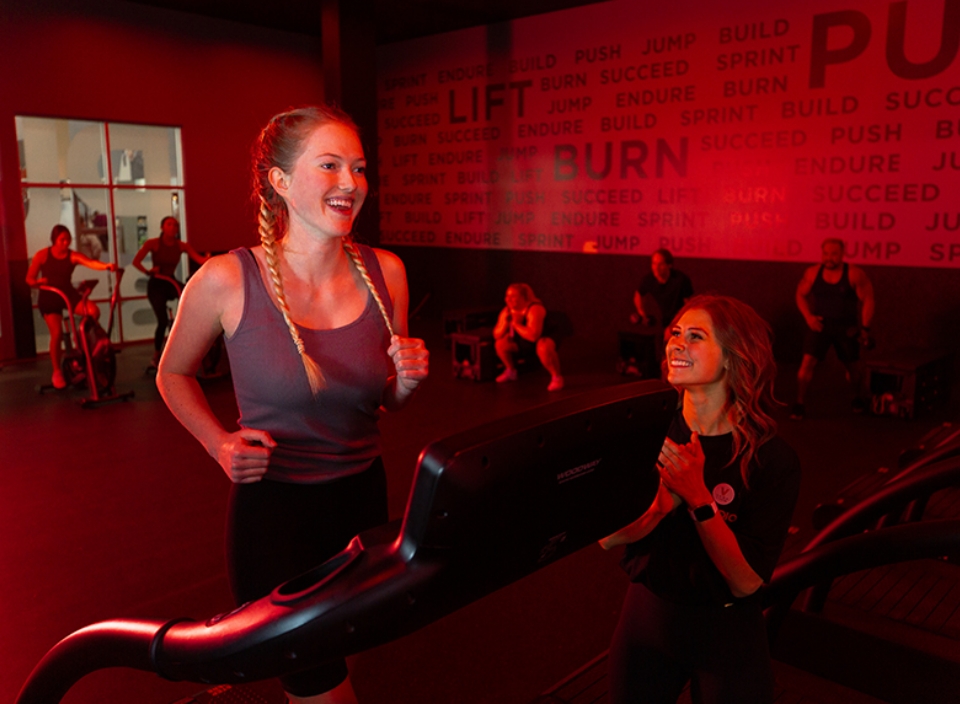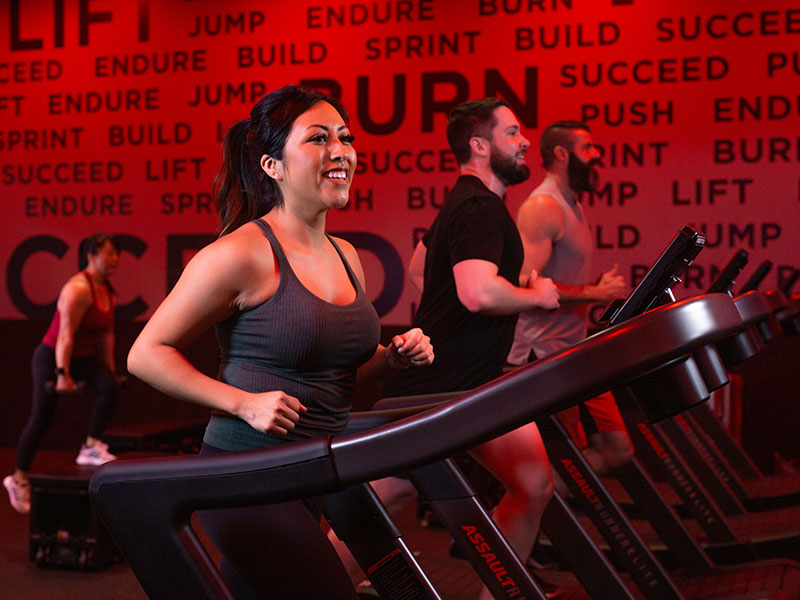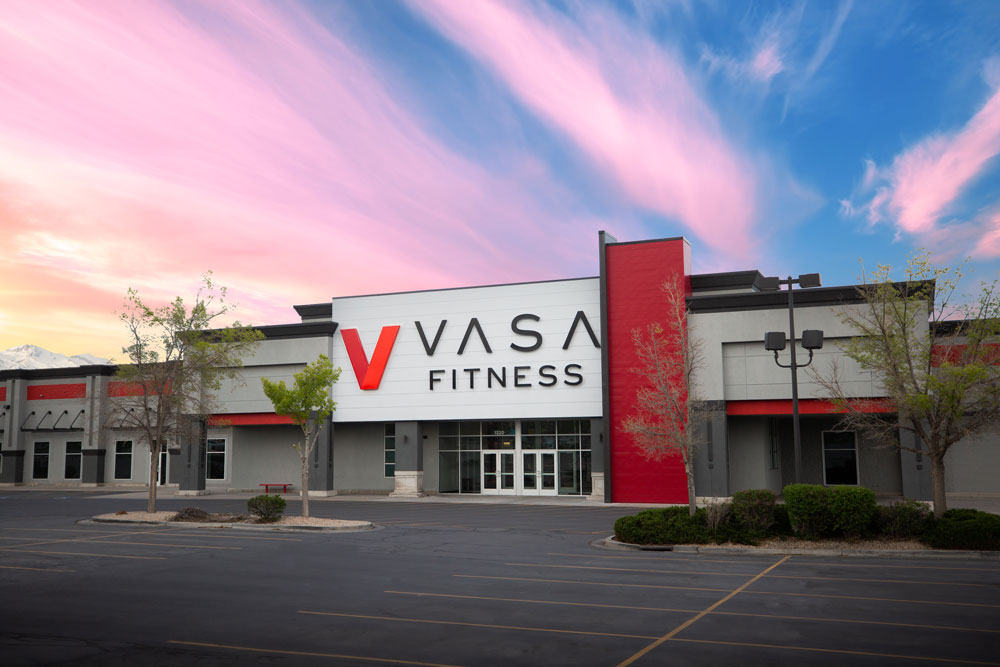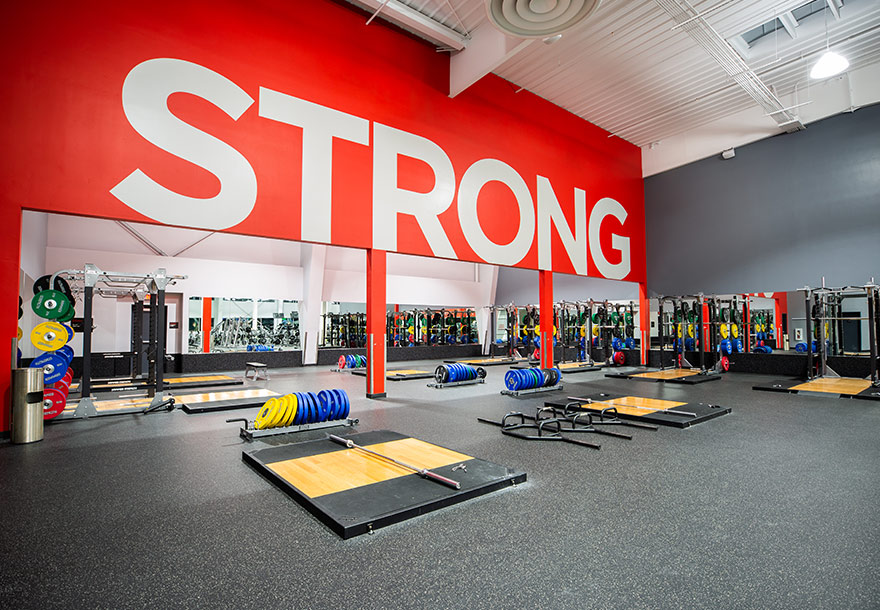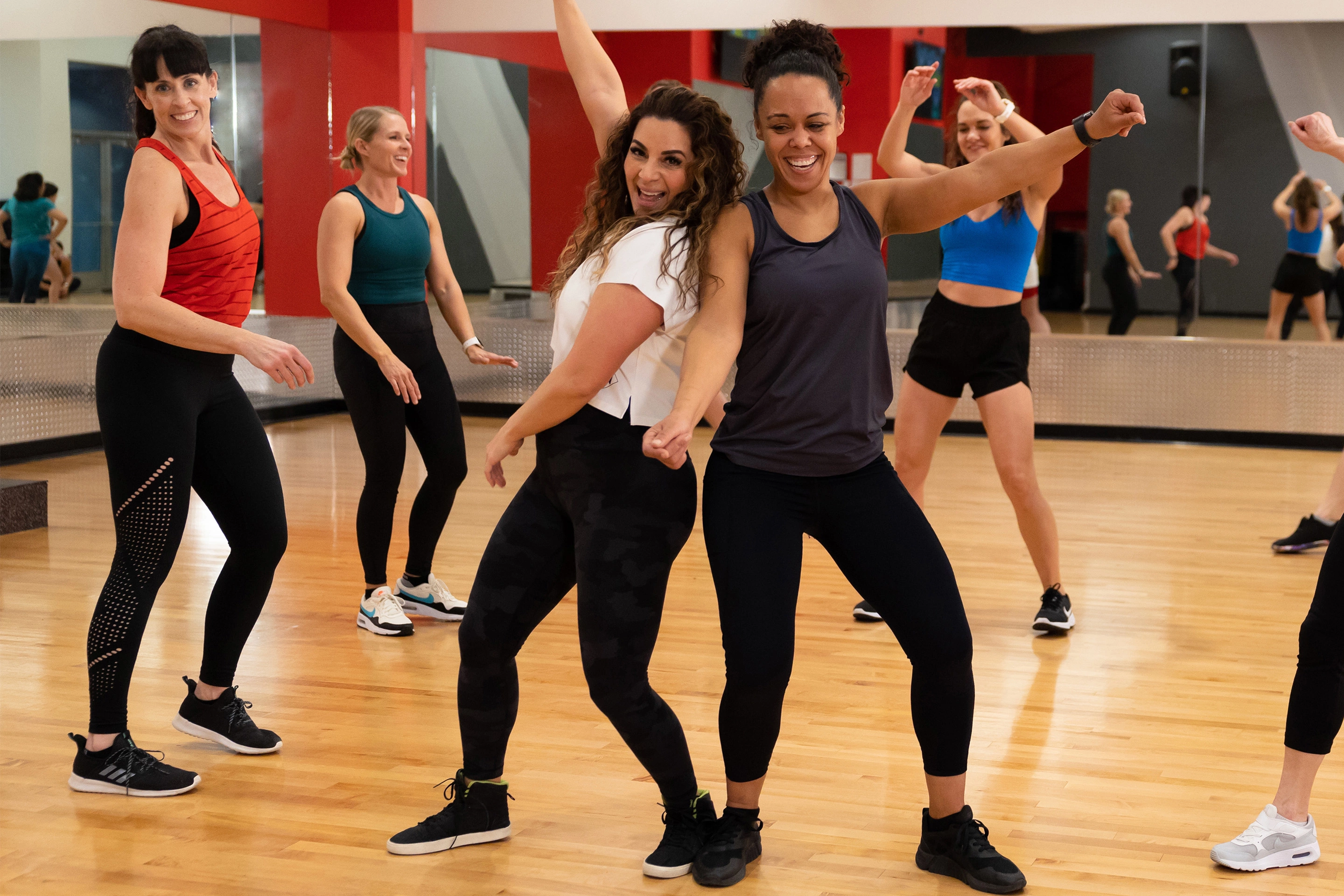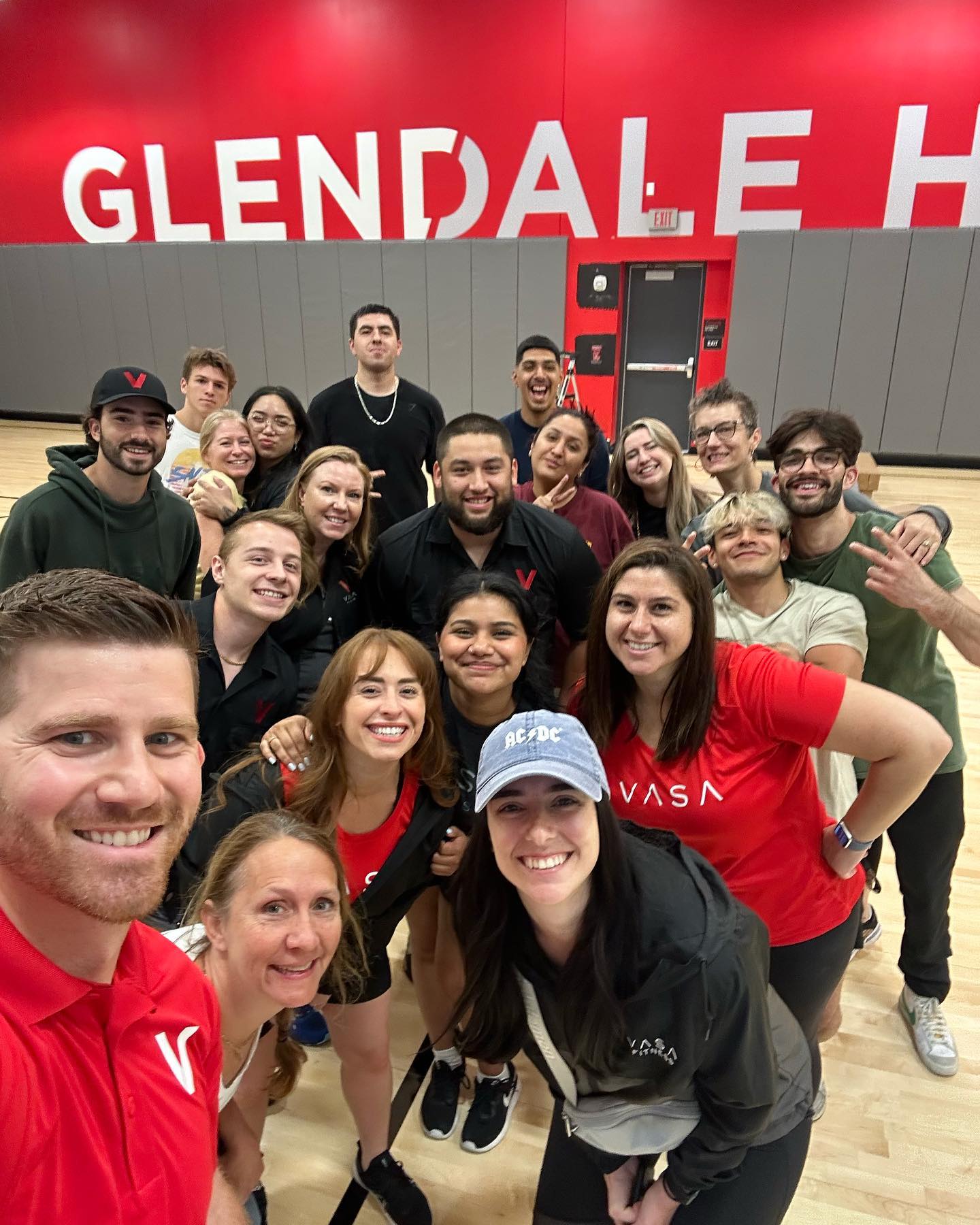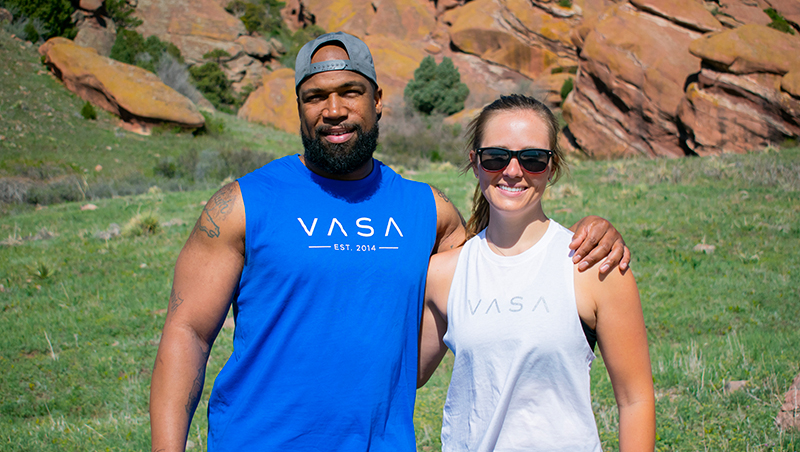Quick Summary
Dryland workouts help swimmers build strength, mobility, and endurance outside the pool, preparing the body to swim faster and avoid injury. Core exercises like plank hip drops and med ball tosses improve rotation and stability, shoulder stability work strengthens one of the body’s most vulnerable joints, and hip flexor and glute training enhance kicking power and body alignment. Stretching routines before and after training improve mobility and recovery, while beginner, intermediate, and advanced programs make dryland training accessible at any level.
This article explains the benefits of dryland training, provides step-by-step exercise instructions, introduces stretching routines for mobility and recovery, and outlines progressive workout variations for swimmers of all abilities.
What it offers:
- Defines dryland training and why it’s essential for swimmers.
- Provides exercise instructions for the core, shoulders, hips, and glutes.
- Shares stretching routines to enhance recovery and flexibility.
- Outlines beginner, intermediate, and advanced dryland workout progressions.
Who it’s for:
Swimmers of all levels, from beginners to competitive athletes, and anyone looking to build strength, improve performance, and prevent injuries through effective dryland training.
As the weather gets warmer, many people opt for cooler workouts that can be done inside and out, like swimming. Swimming has several benefits including decreased impact on joints, increased cardiovascular workload, and builds strength and endurance. However, many people hop in the water without preparing their bodies for the new exercise.
To get ready for swim season, several areas of the body need some additional training. Without proper preparation, swimmers are at greater risk of injuries such as low back pain and shoulder injuries, which can set back progress and affect performance. Let us be your swim coach on dry ground today and give your suggestions for out-of-pool exercises!
Dryland Training For Swimming Success
Dryland training is an essential component of every swimmer’s journey to success, providing the foundation needed to build strength, refine technique, and improve overall performance outside the pool. By incorporating targeted dryland exercises into your routine, you can develop upper-body strength, a strong core, and the body position necessary to swim faster and more efficiently.
Dryland training helps swimmers focus on building strength and power in key muscle groups, which in turn translates to improved technique and speed in the water. With the right equipment and a well-designed training plan, swimmers of all levels can unlock their potential and join the ranks of the best swimmers. Whether you’re looking to improve your core, enhance your body position, or simply add variety to your workouts, dryland training is a powerful tool to help you reach your swimming goals.
Maximizing Results with Dryland Training
To maximize your dryland training, focus on building strength in key areas like legs, hips, upper body, and core. Include exercises such as squats, pull-ups, and planks to enhance power, pulling strength, and body stability. Stretching and foam rolling are also important to improve flexibility and prevent injury. A varied routine with different equipment will help you swim faster and perform better.
Dryland Workouts For The Best Swimmers’ Body
Core Dryland Exercises
The core is a huge component of moving the body through water. Strong core muscles support effective rotation, which is essential for joint mobility, core stability, and power transfer during swimming.
In addition to staying straight and stiff, the trunk also needs to be able to rotate side-to-side to allow the arms to reach forward in freestyle and backstroke and to extend in the butterfly stroke.
Core Exercises:
- Alternating Med Ball Tosses
How to do it: Stand facing a wall or partner, hold a medicine ball at your chest, and rotate your torso to toss the ball to the side. Catch on the return, rotate the other way, and repeat. Focus on controlled rotation. - Plank Hip Drops
How to do it: Start in a forearm plank, body straight from head to heels. Slowly rotate your hips side to side, lowering them close to the floor before returning to center.
Routine: 3 sets of 30 seconds for each exercise.
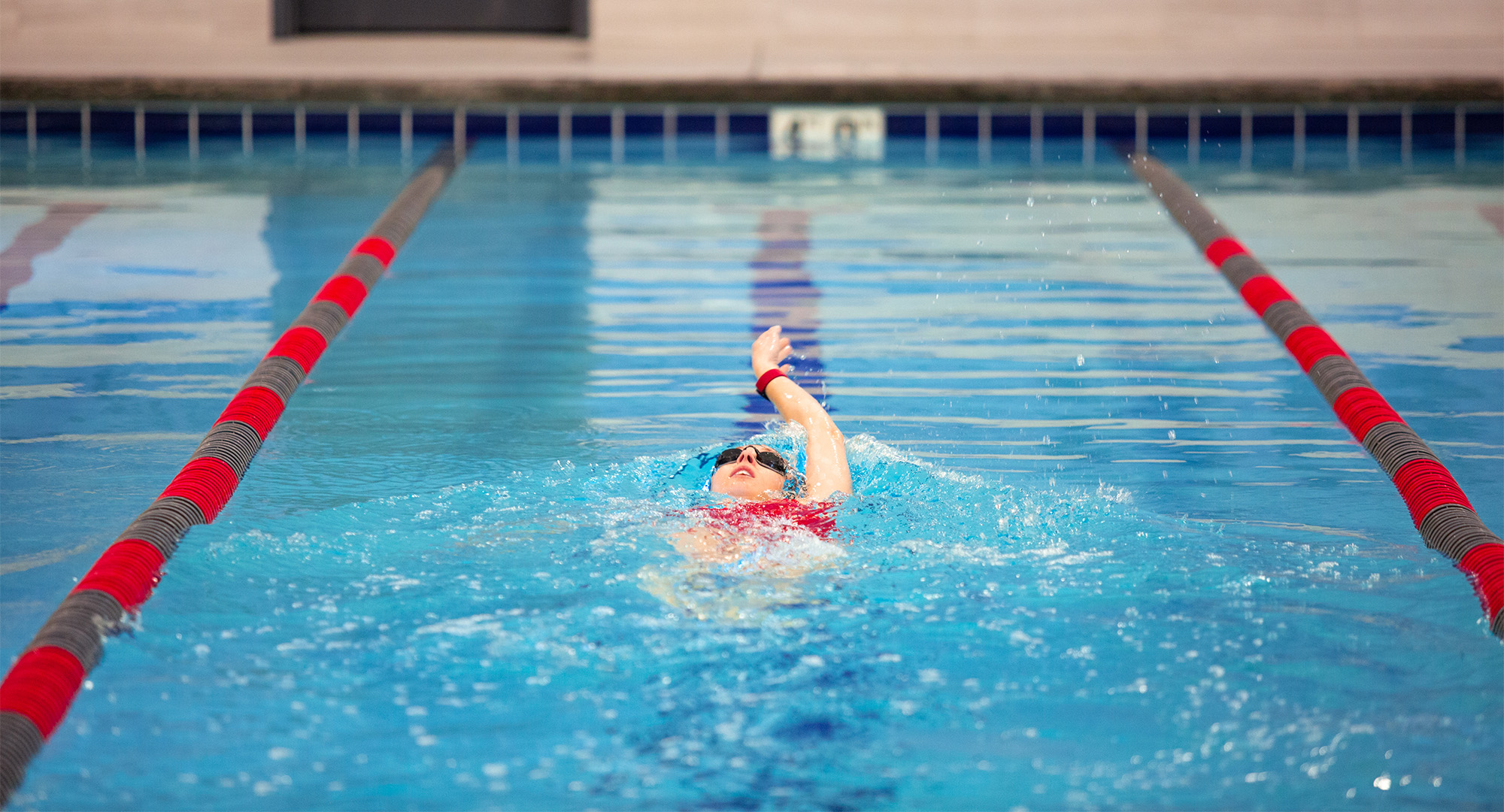
Shoulder Stability Dryland Exercises
Shoulder stability is needed for each type of stroke: freestyle, backstroke, breaststroke, and butterfly. If the arm can’t get into an overhead position, the efficiency of each stroke decreases. Creating strength and stability around the shoulder joint, which is one of the least stable joints in the body based on its structure, is important to keep your shoulders feeling good and allow you to get more laps in during your workouts.
When performing shoulder stability exercises, make sure to keep your head and neck in a neutral position, aligned with your spine. This helps maintain proper technique and reduces the risk of injury.
Shoulder Stability Exercises:
- TRX I-Y Pulls
How to do it: Hold TRX straps and lean back slightly. Pull your arms overhead to form an “I” shape, then out to a “Y,” keeping your core engaged. - Dumbbell Powell Raise
How to do it: Lie chest-down on a bench, hold a light dumbbell in each hand, and raise your arms straight out to the side with thumbs up. - Single Arm Kettlebell Snatch
How to do it: Swing a kettlebell between your legs, then pull it overhead in one smooth motion, locking out your elbow. - Single Arm Lat Pulldown
How to do it: Use a cable or band, pulling the handle down toward your side with control, keeping your chest tall.
Routine: 3 sets of 10–15 reps of each.
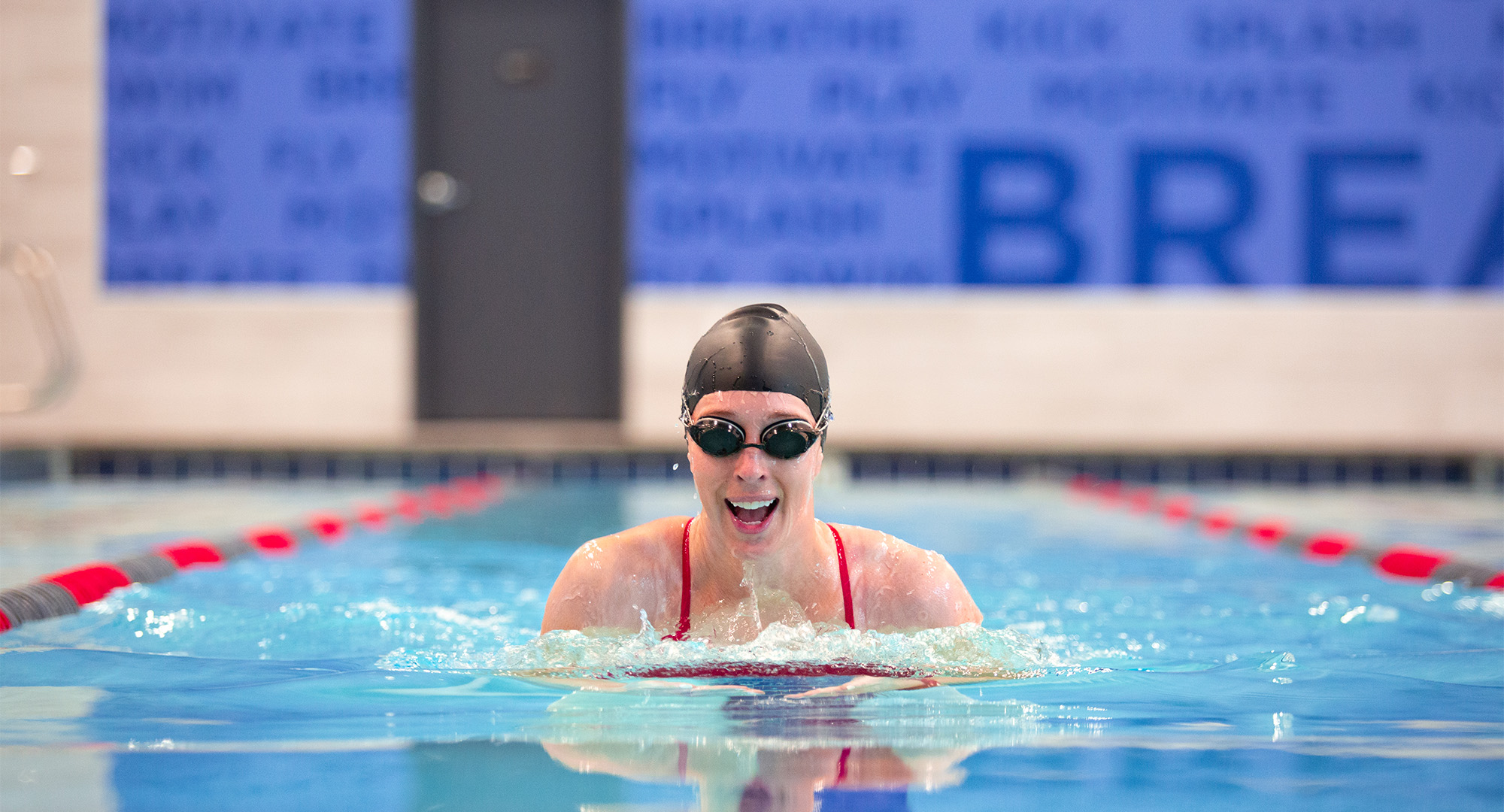
Hip Flexor Dryland Exercises
Flexor strength is the key to a strong kick. Most people think they have overly tight hip flexors when, in many cases, they just need a little more strength. Walking more helps the hip flexors open, but to train for swimming, you’ll need to train with more external load to keep up with the demands of swimming.
Hip Flexor Exercises:
- TRX Knee Tucks
How to do it: Place your feet in TRX straps, start in a plank, and draw your knees to your chest, then extend back out. - Lying Banded Knee Tucks
How to do it: Lie on your back, loop a band over your feet, and pull your knees toward your chest, resisting the band as you extend. - Plank Flutter Kicks
How to do it: Hold a plank on forearms, then lift one foot a few inches and flutter kick your legs, alternating quickly.
Routine: 3 sets of 30 seconds for each.
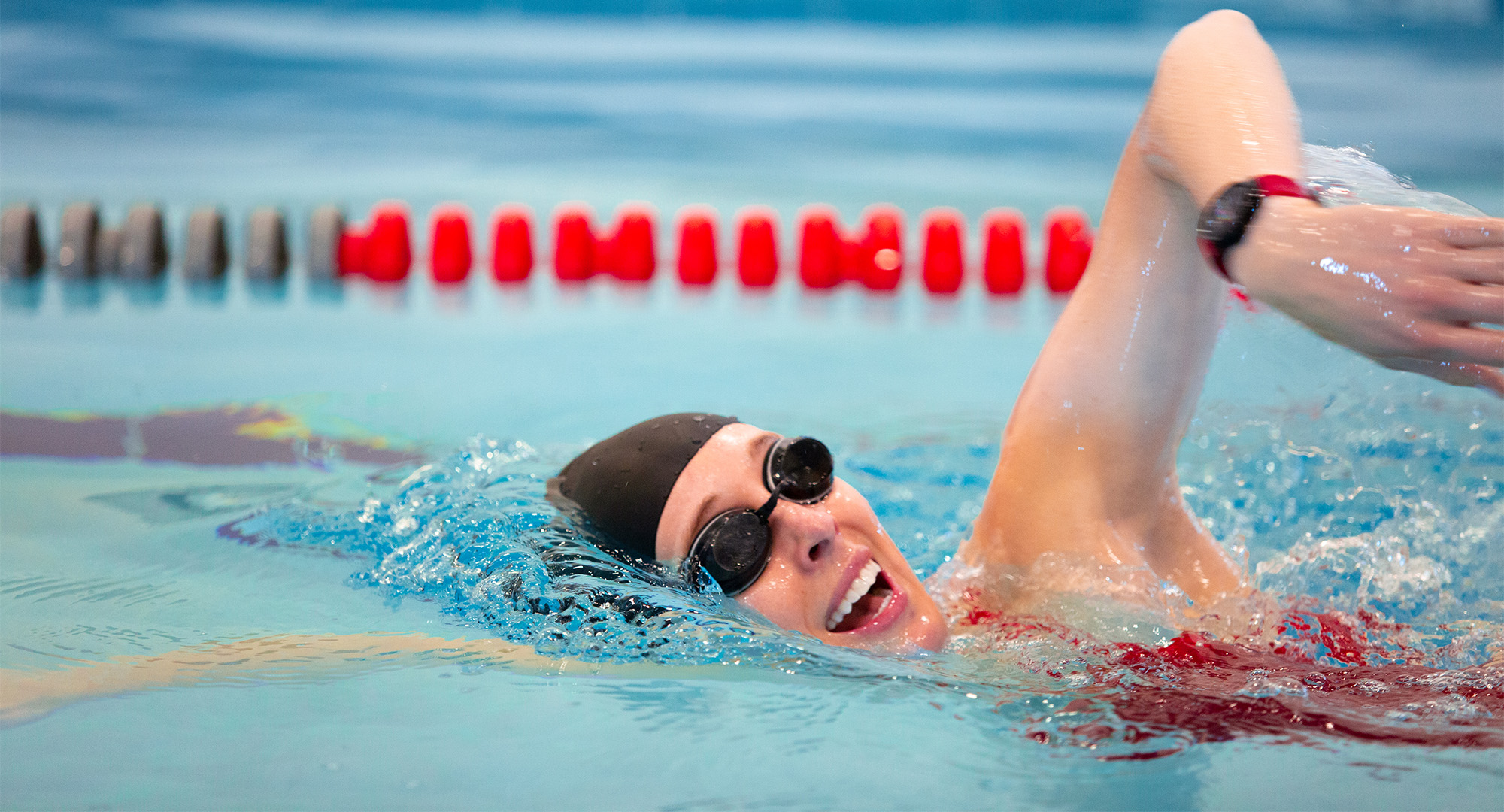
Glute Strength Dryland Exercises Glute strength helps offset the demands put on hip flexors. The glutes also help create a stronger kick off the wall during turns and help drive power through the core with each stroke. A little work to build up the backside of the body goes a long way to improving your swimming. For each movement, focus on the lift phase and pay attention to your heel placement to maximize glute activation.
Glute Strength Exercises:
- Dumbbell Kickstand RDL
How to do it: Hold a dumbbell in each hand, stagger your stance slightly, hinge at the hips, and lower weights toward the floor, then return to standing. - Single Leg Hip Thrust
How to do it: Sit with your upper back against a bench, one foot planted on the floor, the other lifted. Drive your hips upward through the planted heel. - Glute-Focus 45-Degree Back Extension
How to do it: Set up on a back extension bench, hinge at your hips, then lift your torso to parallel. Focus on squeezing glutes at the top.
Routine: 3 sets of 10–15 reps for each.
Stretching Routines for Swimmers
Complement your dryland and swimming workout routines to enhance your strength work, improve recovery, and maintain mobility.
Dynamic Stretching (before workouts):
- Arm circles (forward and backward, 30 seconds each)
- Walking lunges with a twist (10 each side)
- Leg swings (front-to-back and side-to-side, 10 each)
Static Stretching (after workouts):
- Shoulder cross-body stretch (hold 20–30 seconds each side)
- Seated hamstring stretch (hold 30 seconds per leg)
- Child’s pose for spinal and hip release (hold 30–60 seconds)
Beginner, Intermediate, and Advanced Dryland Routines
Beginner Routine (2–3 days/week)
- Core: Plank hip drops (3×20 sec)
- Shoulders: Dumbbell Powell raise (3×8 reps)
- Hips: Lying banded knee tucks (3×10 reps)
- Glutes: Glute bridges (3×12 reps)
- Stretch: Dynamic warm-up, full static cool-down
Intermediate Routine
- Core: Alternating med ball tosses (3×30 sec)
- Shoulders: TRX I-Y pulls (3×12 reps)
- Hips: TRX knee tucks (3×12 reps)
- Glutes: Single leg hip thrust (3×10 reps each side)
- Stretch: Dynamic warm-up, full static cool-down
Advanced Routine
- Core: Med ball tosses + plank flutter kicks (superset, 3×30 sec each)
- Shoulders: Single arm kettlebell snatch (3×8 each arm) + single arm lat pulldown (3×12 each side)
- Hips: Plank flutter kicks (3×30 sec) + TRX knee tucks (3×15)
- Glutes: Dumbbell kickstand RDL (3×10 each side) + back extension (3×12)
- Stretch: Add yoga-based sequences (sun salutations, pigeon pose, thoracic rotations)
Start Dryland Workouts For Swimmers With VASA
Whether you’re swimming to switch up your cardio workouts, want to avoid the impact of land-based endurance training, or are training for an event, make sure you build strength in these muscle groups so your body is prepared and ready to go for summer swimming!
Come try out your local VASA for the best possible dryland workout environment to help you improve your technique and swim faster!
Frequently Asked Questions About Dryland Training for Swimmers
What are dryland workouts for swimmers?
Dryland workouts are strength and conditioning routines performed outside the pool. They focus on building strength, mobility, and endurance to improve swimming performance and prevent injuries.
How often should swimmers do dryland training?
Most swimmers benefit from 2–4 dryland sessions per week, depending on their training level. Beginners should start with 2 sessions and gradually increase frequency as they build strength.
What exercises are best for swimmers?
Core-focused moves like plank hip drops, rotational med ball tosses, shoulder stabilizers like TRX I-Y pulls, hip flexor drills, and glute-strengthening exercises are ideal. These mimic the demands of swimming and build balanced strength.
What stretches should swimmers include in dryland routines?
Dynamic stretches like arm circles and walking lunges prepare the body before workouts, while static stretches such as hamstring stretches, cross-body shoulder stretches, and child’s pose help recovery afterward.
RECOMMENDED
SUBSCRIBE TO OUR BLOG
Enter your email to start receiving our blog emails!
